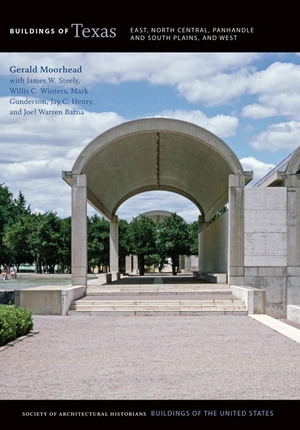
In 1680, nearly two thousand Spanish priests and soldiers fled a Pueblo Indian uprising in New Mexico, which drove the Spanish out for sixteen years. With hundreds of Christianized Tigua, Piro, Tano, and Jémez Indians who came with them, they established the missions called Corpus Christi de la Isleta (EP60.1) in modern-day Ysleta and Nuestra Senora del Socorro (EP60.2) in modern-day Socorro, which were then southeast of the Rio Grande. A change in the river’s course in 1829 put these towns on the northeast bank, which a few years later in 1848 became the Texas side. Establishment of the two communities was followed in 1752 by a presidio dedicated to San Elceario (EP60.3), which joined with a settlement called Hacienda de los Tiburcios in its present location, modern-day San Elizario, in 1789. A dam and an acequia system supported agriculture in the lower valley; the acequia survives as part of the Franklin Canal that runs from El Paso twenty-eight miles to the southeast.

